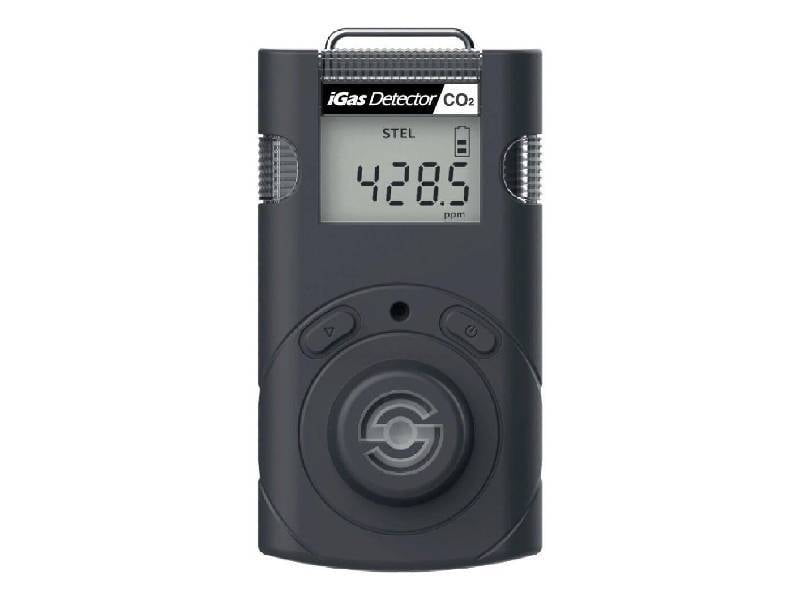Air movement and quality is considered vital by the WHO to help significantly reduce the spread of Covid-19. When people breathe they typically exhale a mixture of various gases and moisture (water vapour). With a person who is carrying the Covid-19 virus, the water vapour traps the virus and it is then suspended in the air, for others to inhale and become infected. This is not an issue outside, but when the air is trapped inside and has nowhere to go (due to lack of air movement and or poor ventilation) the density of water vapour invisibly builds and increases the risk of cross spread infection. This is the main reason for wearing a mask inside enclosed spaces such as shops and the reason why good ventilation is so important.
It is difficult to easily measure the amount of water vapour in the atmosphere, but carbon dioxide or CO2 is also naturally exhaled by people as they breathe. Water vapour can therefore be measured (indicatively) by the level of CO2 in the air and the risk factor assessed by CO2 measurement equipment. In crowded classrooms or meeting rooms, levels of carbon dioxide frequently reach 1,000 ppm and sometimes exceed 3,000 ppm. An increased CO2 concentration can therefore be used as a useful proxy for exhaled water vapour. The greater the exhaled CO2 concentration, the greater the exhaled water vapour concentration and the greater the risk of transmission of Covid-19.
The German Environment Ministry (Umwelt Bundesamt) has published guidance that concentrations of CO2 over 1000ppm in schools, offices and enclosed spaces is a sign of increased risk of transmission and the need for through flow of fresh air through ventilation, such as opening a window.
The iGas from Senko can be set to alert at 1000ppm or even below if preferred, so that there is time for air flow to take effect. The device indicates the level of CO2 in the air constantly, so that varied air flow & ventilation solutions can be evaluated. A digital readout and audible arm or visual arm can then provide an objective and repeatable level to building and venue owners, who can then ensure sufficient ventilation to protect their employees and customers.
CO2 monitoring is an easy way to monitor to the density of water vapour in the air as it acts as a high quality proxy. As water vapour density rises, the risk of spread (even in socially distanced) classrooms, workplaces or entertainment spaces rises. Through monitoring, the optimum flow of air can be achieved, allowing staff and guests to be safe as well as balance the need for warm or heated air with that of fresh air.


